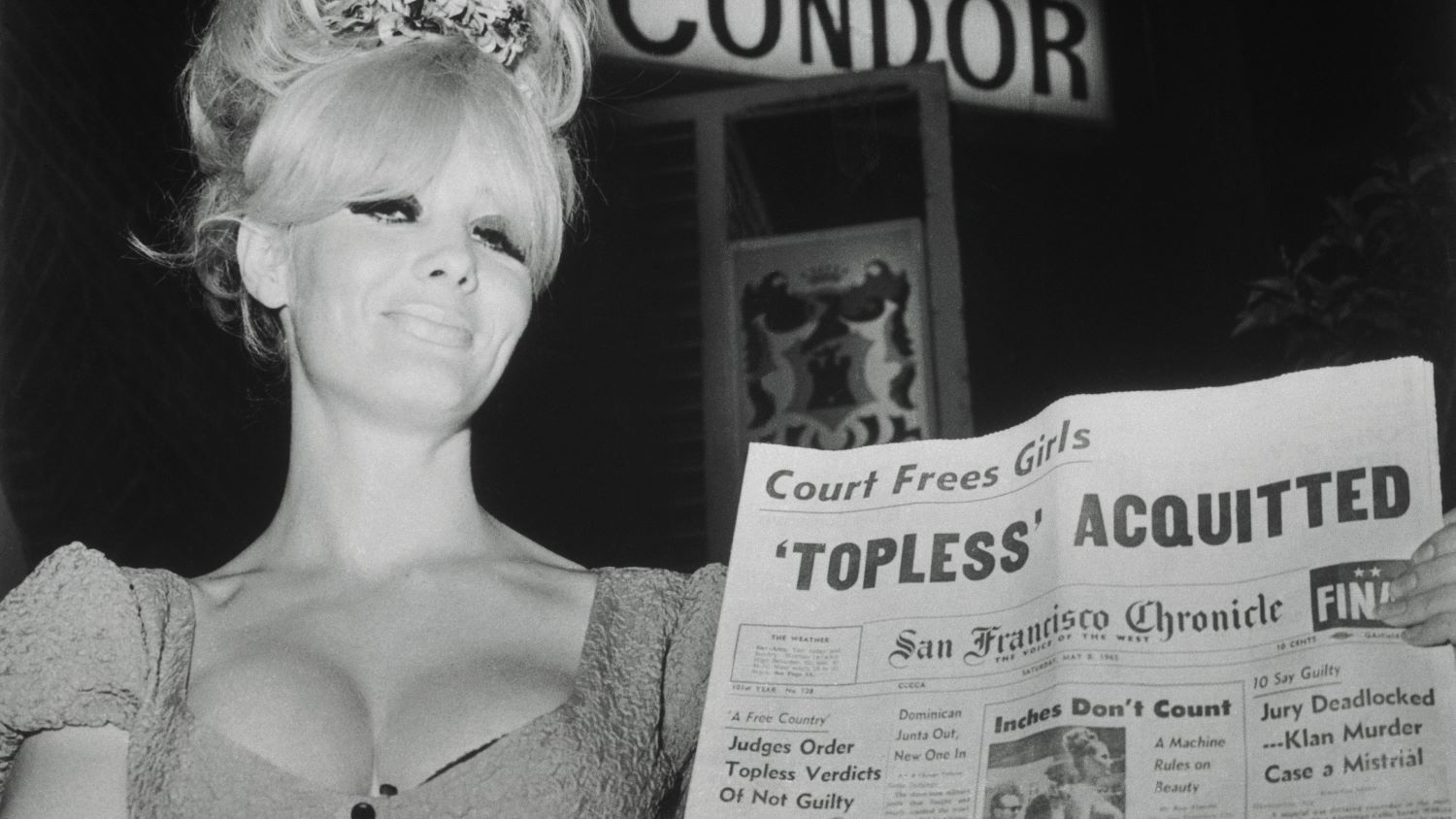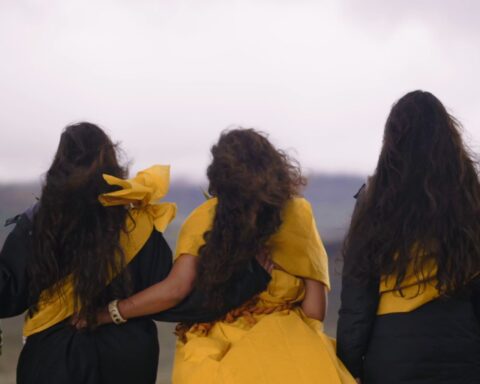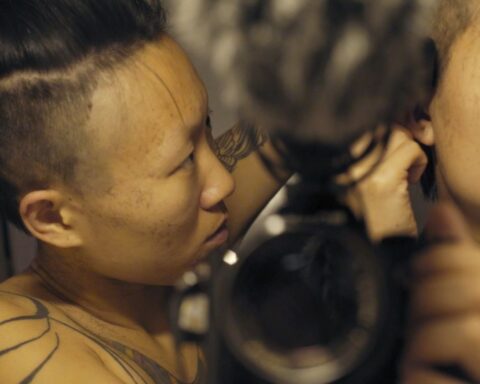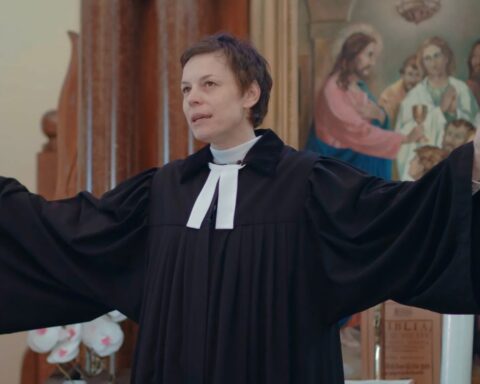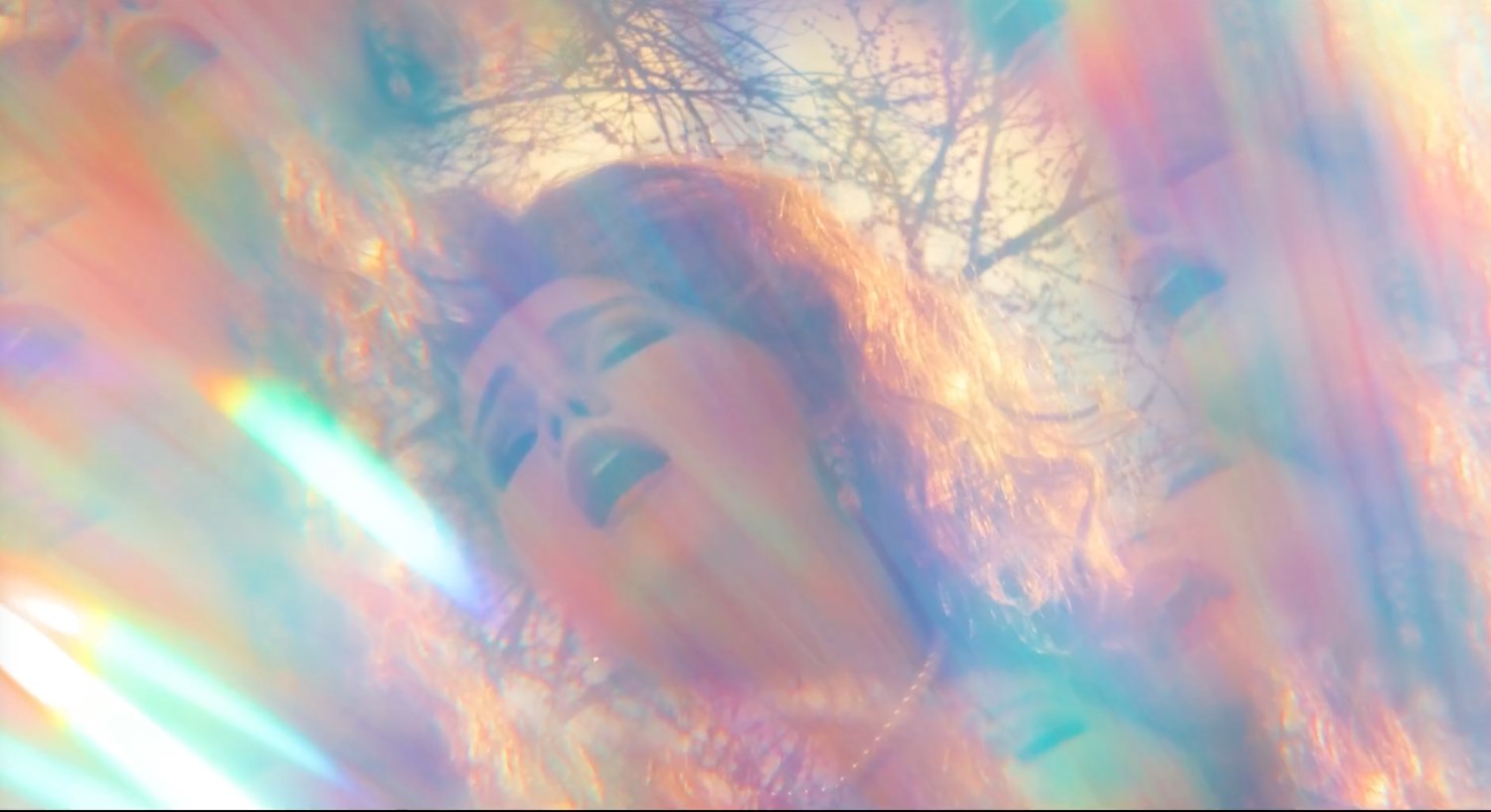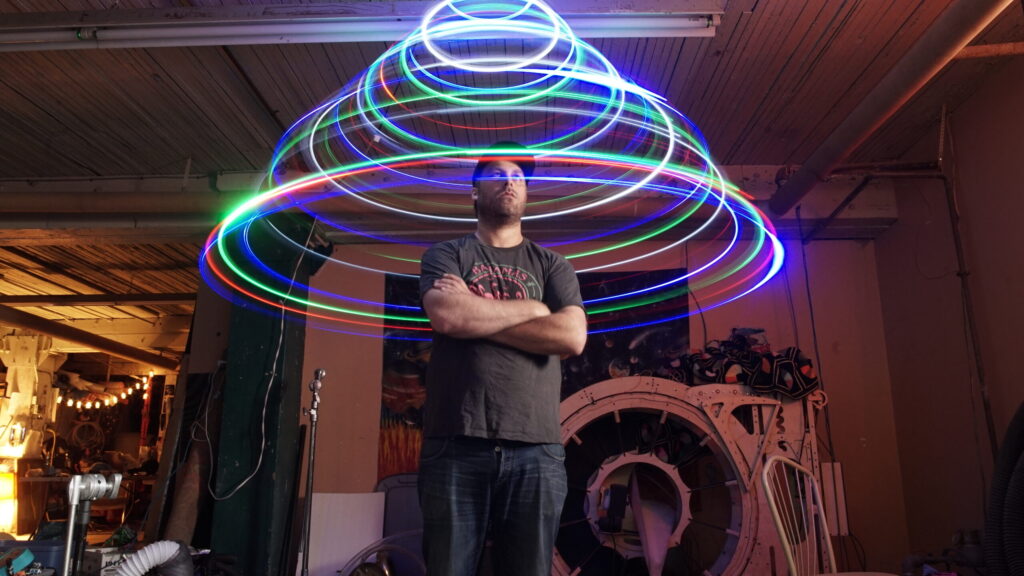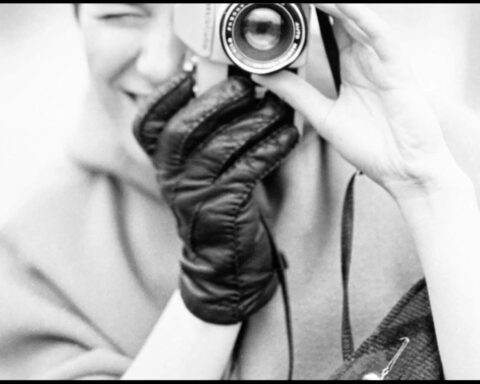Carol Doda: Topless at the Condor
(USA, 100 min.)
Dir. Jonathan Parker, Marlo McKenzie
The fight to free the nipple doubles down in Carol Doda: Topless at the Condor. The film explores the elements of women’s liberation that dancers like Carol Doda, ahem, spearheaded by whipping out their breasts on stage. Directors Marlo McKenzie and Jonathan Parker whisk audiences to San Francisco’s vibrant nightlife in the 1960s. Using a mix of archival footage and talking heads interviews, Carol Doda: Topless at the Condor sets the scene for a restless America eager to loosen its buttons.
The film playfully tells how women like Doda revolutionized women’s lib by bearing their breasts on stage. Men loved the extra spice that buxom beauties gave during nights at the club, while the women interviewed for the film liken the bouncing bosoms to an empowering act. (Most of them, anyways.) The doc’s feminist argument may seem like a bit of a stretch, but it nevertheless proves an entertaining yarn about empowerment.
Doda, who passed in 2015, appears in a healthy range of archival snippets. She’s a great character. For a cocktail waitress, she’s something of a cause célèbre in the San Francisco scene. She tells in the archives how she liked to give a performance to keep the customers happy and the tips flowing. Sometimes, she notes, that simply involved wearing white when other waitresses wore black. Other times, she’d shimmy and shake while serving drinks liquor.
Eventually, though, she became the main attraction at her The Condor. The doc explains how Doda personified a cultural turning point when she donned the “monokini” swimwear that was all the rage. The garment resembles a bikini bottom with suspenders that criss-cross a torso while letting a woman’s bare breasts hang loose, which really let one’s body accentuate go-go dance moves of the era.
The talking heads spill how Doda turned heads by dancing on a piano in her new attire. They tell how word spread quickly about the two star performers at The Condor and how people quickly flocked from neighbouring watering holes to catch a glimpse. Eventually, dancing topless proved Doda’s hallmark. It sparked a wave of topless businesses in San Francisco, including topless shoe-shining booths in which men could throw a buck to watch woman jiggle whilst buffing their shoes. Naturally, obscenity charges followed.
The doc explores the challenges over censorship inspired by Doda’s case after she and some proprietors were arrested following a raid on The Condor. Throughout the film, people ask why a movie can show people topless, if not fully nude, while in-person displays of the body are indecent. Similarly, the documentary invites people to give voice to those who shake up the status quo. The chapter on Doda’s legal fight illustrates how the case took a cultural pulse—and generally found that boobs didn’t bother people. A few of the talking heads liken Doda to a revolutionary feminist who took ownership of the male gaze.
Other tangents tell how boobs got bigger when more establishments went topless. Former exotic dancer Judy Mamou shares how she and Doda were among the women who braved early silicone injections to augment their breasts. Mamou describes the painful process and reveals how she nearly died following complications brought on by the injections. Doda, meanwhile, kept upping the ante, growing her chest beyond Barbie’s measurements. Interviewees debate if she over-inflated, but they all agree that her breasts were a product of the time.
Carol Doda: Topless at the Condor admittedly feels about as padded as a schoolgirl’s brassiere as it tries best it can to find the bigger picture within which to situate this boob-bearing trailblazer. Doda herself doesn’t appear in contemporary interviews and therefore can’t overtly contribute to the film’s feminist argument. It’s somewhat romantic in its retrospective assessments.
At the same time, even if one isn’t entirely convinced that Doda was (consciously) blazing a trail for feminism, Topless at the Condor proves a very entertaining study of San Francisco in the 1960s and an effective portrait of the sexual revolution of which Doda undoubtedly played a part. Throw in a potential homicide, a tangent about how poorly the owners at The Condor paid their biggest assets, and some sad reflections about Doda’s personal life, and the film injects more substance than silicone into the story.
In Doda’s archival interviews, she’s funny and flirty, but also direct. If she saw her actions as a part of a larger act, she’s modest. She really just attributes her work as giving men what they liked and monetizing it in the process. Doda’s breasts might be fake, but she’s real and she’s spectacular.
Carol Doda: Topless at the Condor opens in select theatres including Hot Docs Ted Rogers Cinema on April 5.




